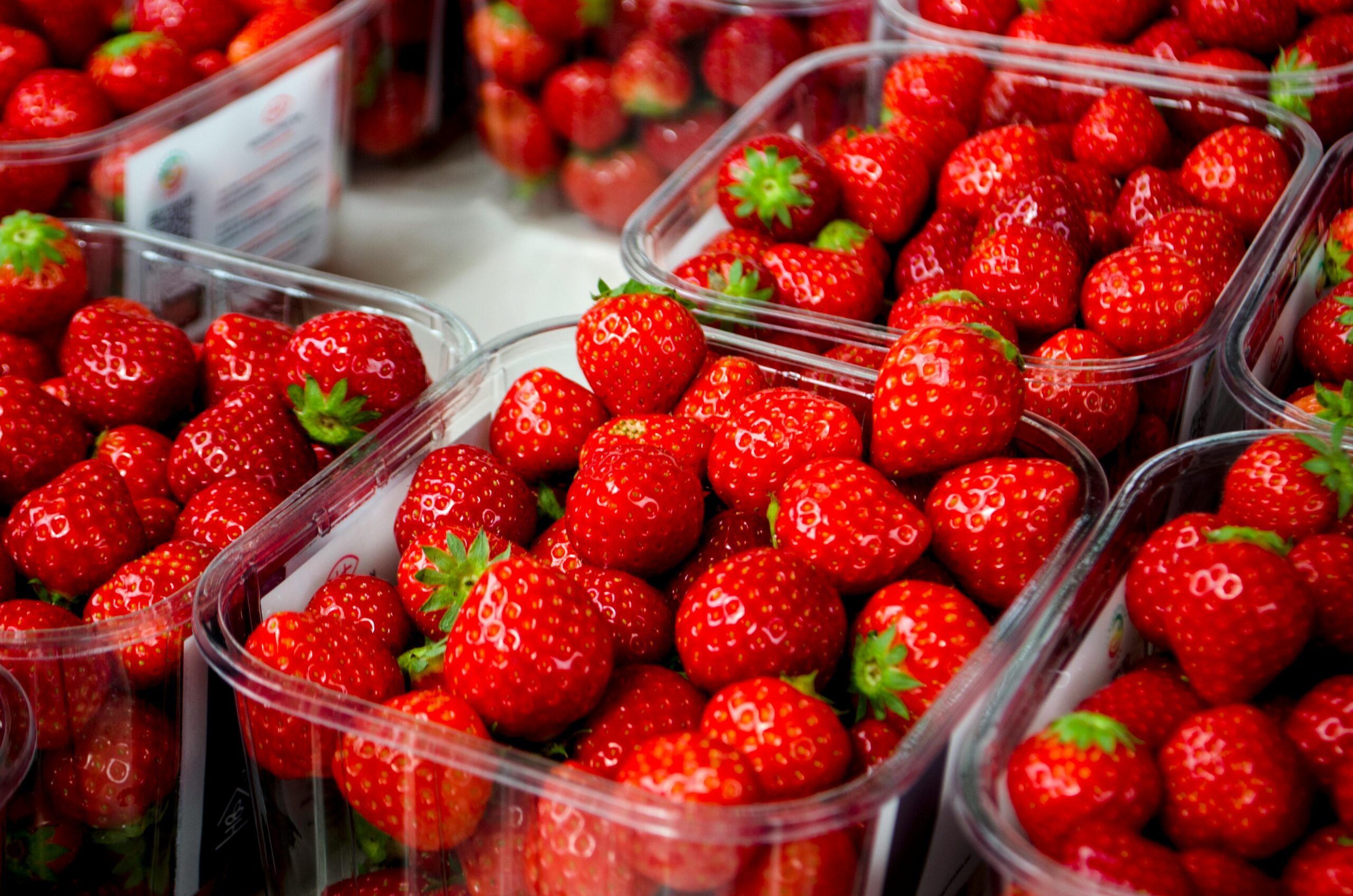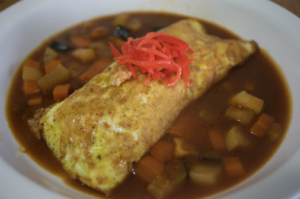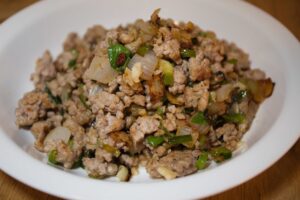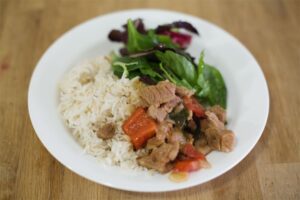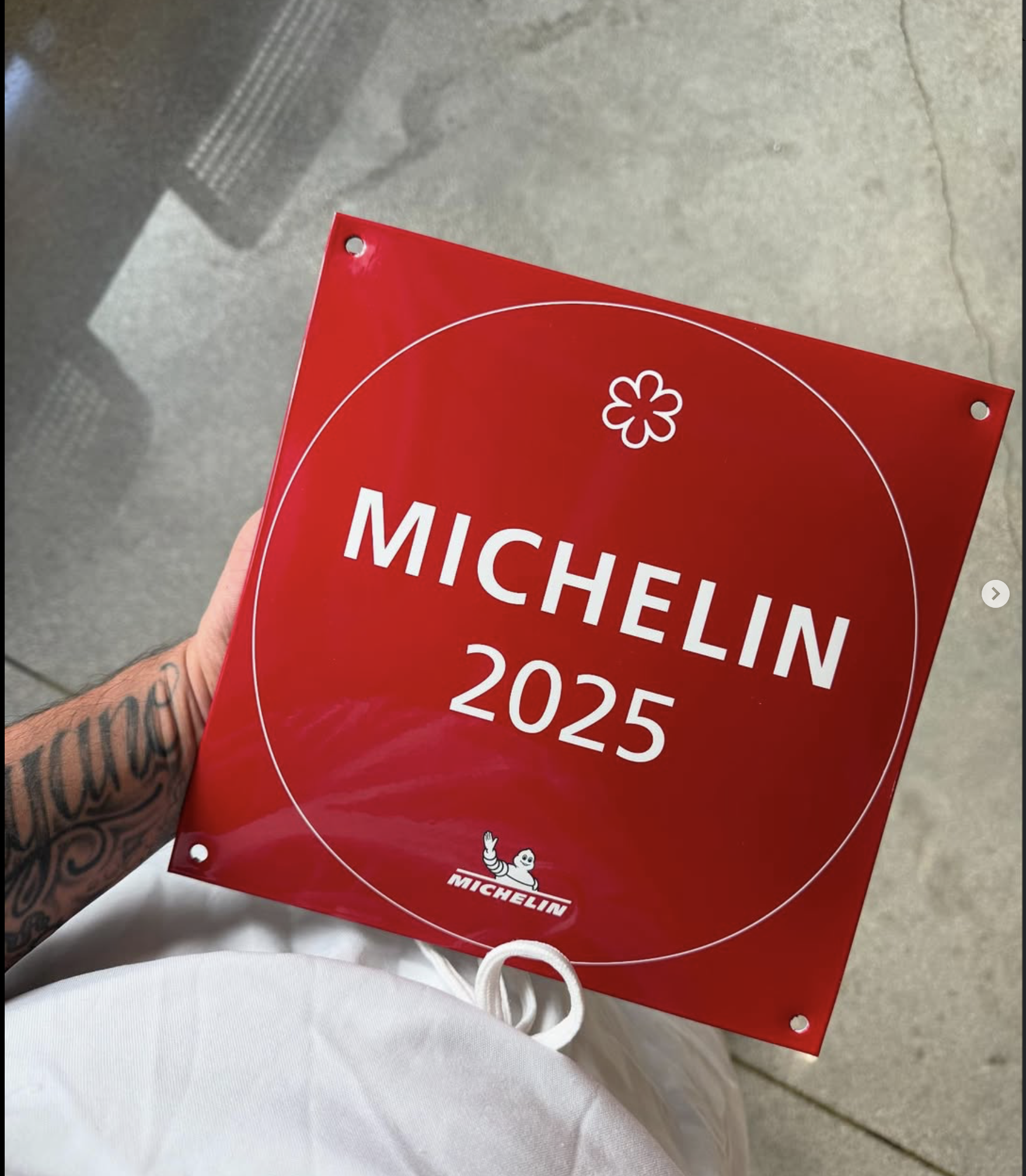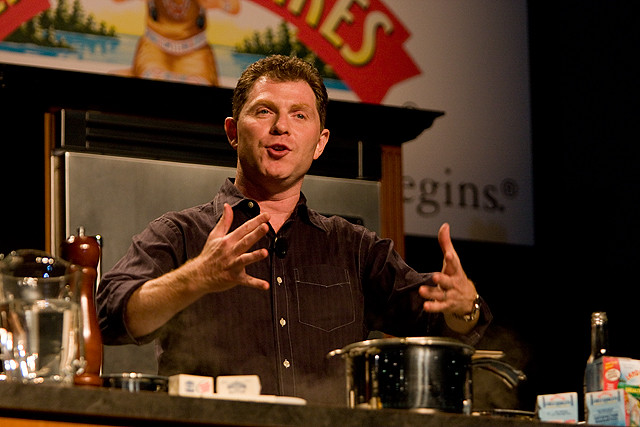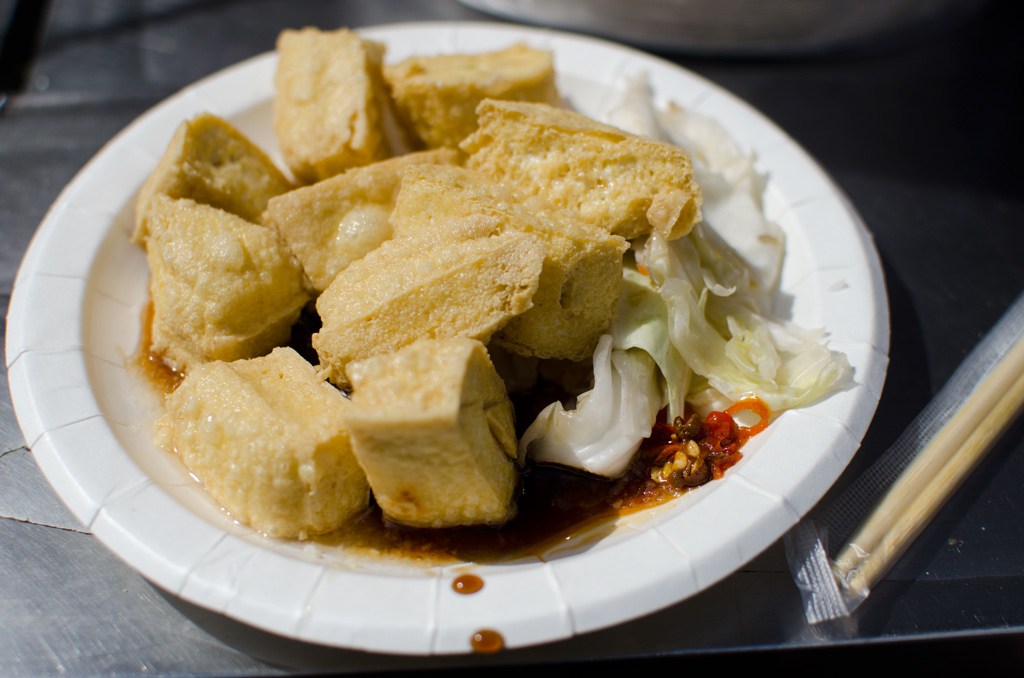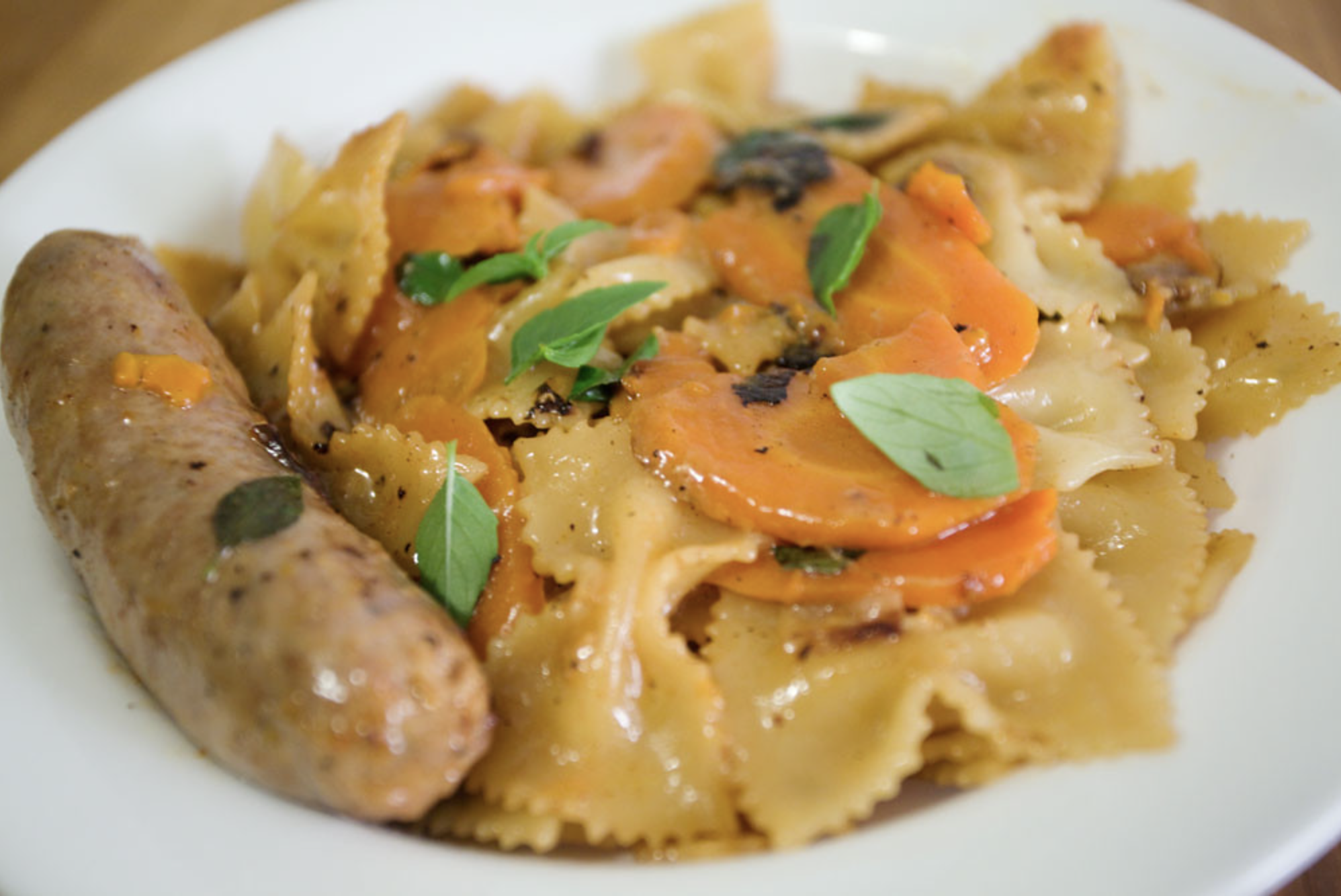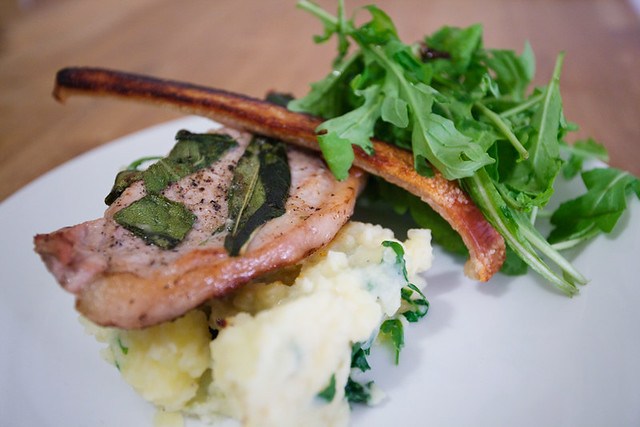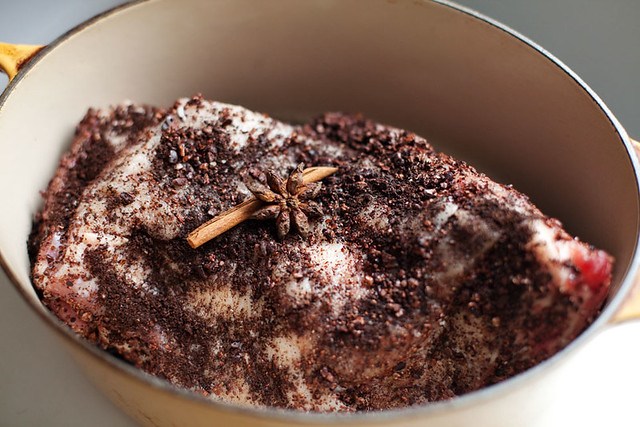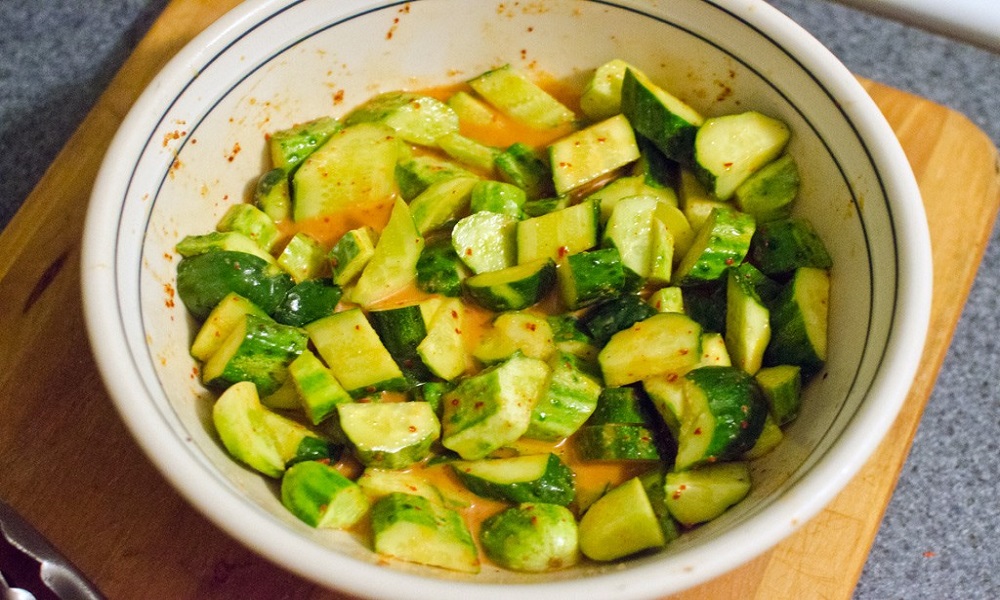Along Sebastopol Avenue just west of Duer Road, cars queue before a modest wooden structure. The hand-painted sign reads simply: “Strawberries.” Behind the counter, Lao Saetern arranges cartons of impossibly red fruit that gleam like jewels in the morning light.
These aren’t just any strawberries – they’re the heart of a remarkable, largely untold story of cultural preservation, agricultural innovation, and immigrant resilience. The kind of roadside attraction that compels otherwise reasonable people to make U-turns at dangerous speeds and temporarily forget about their no-carb resolutions.
The wooden stands that dot Sonoma County’s roadsides each spring might appear unremarkable at first glance. Yet these humble structures represent a fascinating legacy stretching from Southeast Asia to California’s fertile valleys, carrying with them traditions that have survived war, displacement, and generational change.
From Refugee Camps to Roadside Stands
The story begins not in Sonoma’s rolling hills but in the mountains of Laos, where the Iu Mien people lived for generations before being displaced during the Vietnam War. After years in Thai refugee camps, many Mien families resettled in California’s Central Valley during the 1970s and 80s. There, they encountered a completely different agricultural landscape from their homeland.
The distinctive growing techniques and even the architectural style of today’s stands trace back to one influential Mien farmer – Luang Hinh Saechao, who started the first Mien strawberry farm in Fresno in 1987.
Torn Saetern, who operates Watmaugh Strawberries at the intersection of Arnold Drive and W. Watmaugh Road, explains the connection. “We all learned the same method… A gentleman in Fresno taught one guy, and it spread from there.” This knowledge exchange created a network of Mien-run strawberry stands stretching from Fresno to Sacramento to Sonoma County.
At Stony Point Strawberry Farm in Petaluma, Koy Saichow has taken the tradition further by earning organic certification. Her techniques include companion planting – growing onions and garlic alongside strawberries as natural pest deterrents – showcasing how traditional wisdom meets modern sustainable farming.
More Than Just Fruit
These roadside stands have become cherished community institutions. Lines form daily during peak season, with locals arriving early, coolers in hand, to secure their cartons of just-picked Chandler berries, prized for their exceptional sweetness and flavor. The devotion borders on fanatical; people who would passive-aggressively sigh at a three-minute coffee shop line will happily wait twenty minutes for these berries, armed with nothing but patience and an increasingly warm ice chest.
The impact extends beyond the stands themselves. At Sweet Scoops ice cream shop in Sonoma, owner Joe Hencmann features “Watmaugh Strawberry” as a signature flavor. If the Watmaugh name isn’t on his shop’s strawberry flavor, sells are low, demonstrating how deeply these family farms have become integrated into the local food culture.
These berries represent more than just a seasonal treat. Each stand serves as an intergenerational gathering place where farming knowledge and cultural heritage pass from parents to children, creating living connections to both Mien traditions and Sonoma’s agricultural landscape.
Despite their popularity, these family enterprises face mounting challenges – from labor shortages to land access issues. Yet the strawberry stands persist, testament to the remarkable resilience of their owners and the communities that support them.
The next time you drive past one of Sonoma County’s wooden strawberry stands, remember – you’re witnessing more than just a roadside attraction. You’re seeing a living legacy of agricultural innovation, cultural preservation, and the enduring power of flavor to connect us across generations and cultures—much like how wild berries meet ancient wisdom in Alaska’s cultural landscape, where food tells a deeper story of place and tradition.


